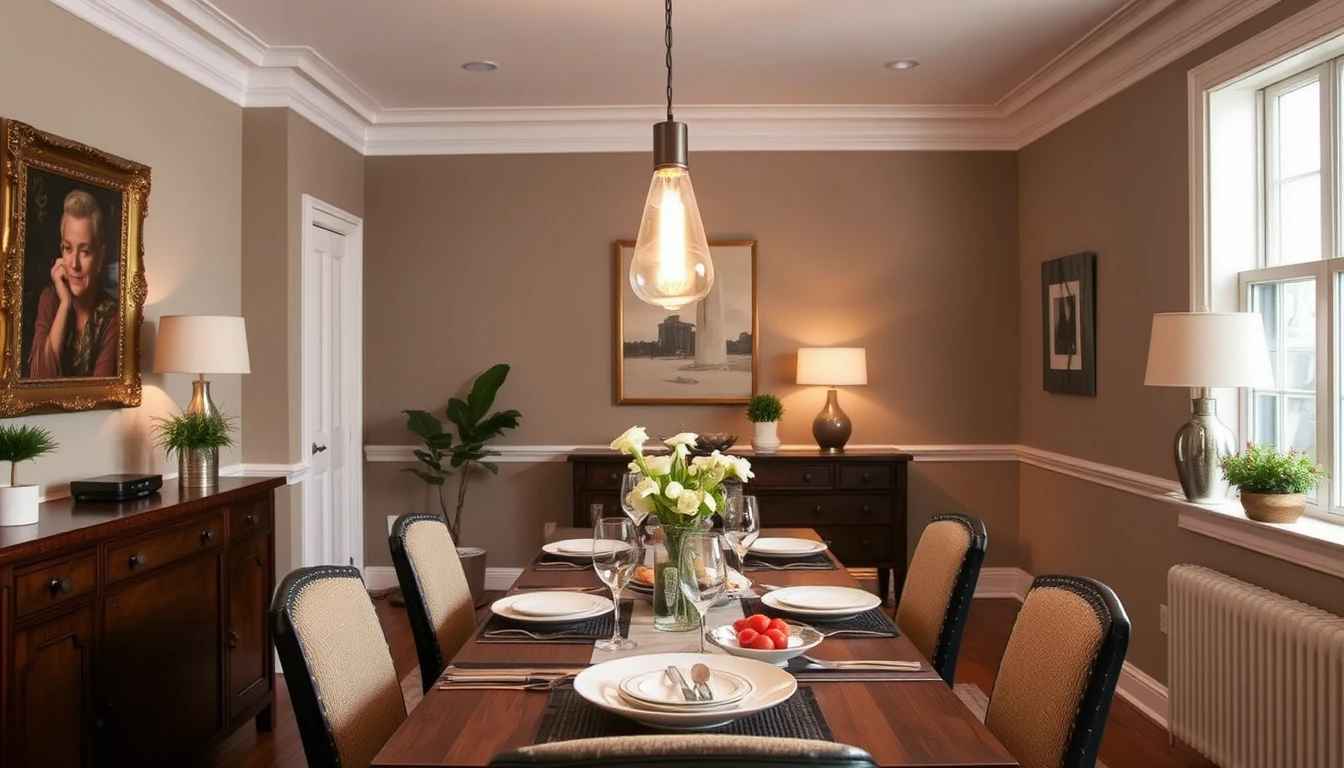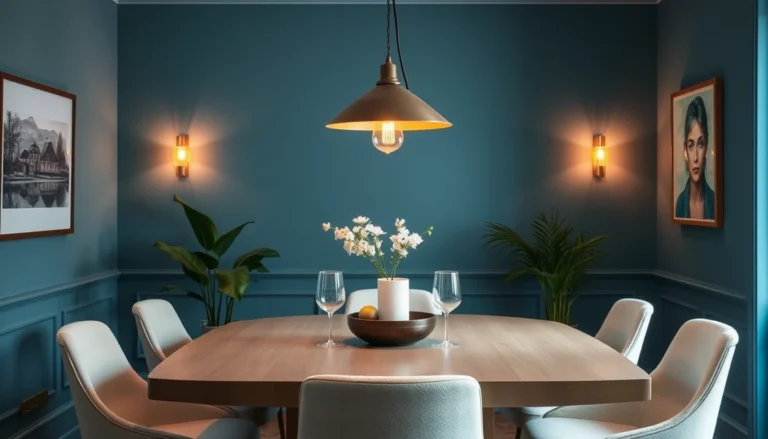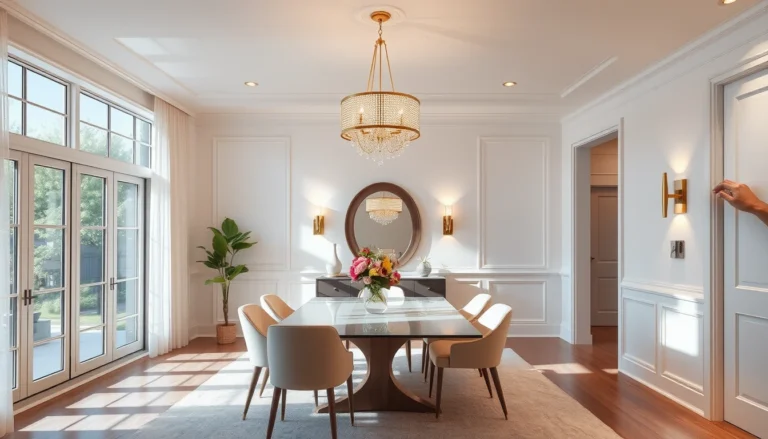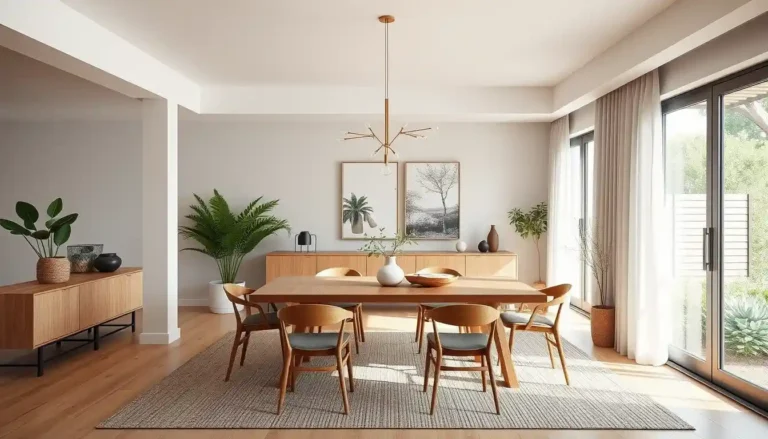11 Tips on How to Choose Dining Room Lighting Are Available — And Yes, You Need Them
Selecting dining room lighting emerges as a task you intend to resolve at a future time, correct? Prepare for disappointment because you definitely will not.
The solitary lightbulb suspended from your ceiling fails to enhance your dinner parties. Rely on my words because I’ve experienced it firsthand.
My attempt at hosting a sophisticated dinner unfolded beneath an unreliable overhead light where both my lasagna and its presentation acquired questionable appearances.
If you find yourself weary from examining salads with narrowed eyes or wish to enhance your living area without resorting to organ sales, then you’ve arrived at the perfect destination.
Through meticulous research I’ve assembled eleven straightforward strategies for selecting dining room lighting that transforms your space into a magazine-worthy setting without driving yourself crazy or breaking the bank.
Looking for fresh inspiration? Check out our post on 7diy-lighting-ideas-for-your-dining-room-thatll-make-you-feel-like-a-design-genius/
1. Know the Function Before You Even Browse

Before you get sucked into the black hole of Pinterest chandeliers, ask yourself one thing: What do you actually use your dining room for?
- Just dining? Go for a warm, cozy vibe.
- Working from the table too? You’ll want more brightness and control.
- Hosting wine nights with friends? Mood lighting, baby.
Think function first. The prettiest light fixture won’t mean much if you can’t see your wine glass.
2. Size Actually Does Matter (Sorry, Not Sorry)
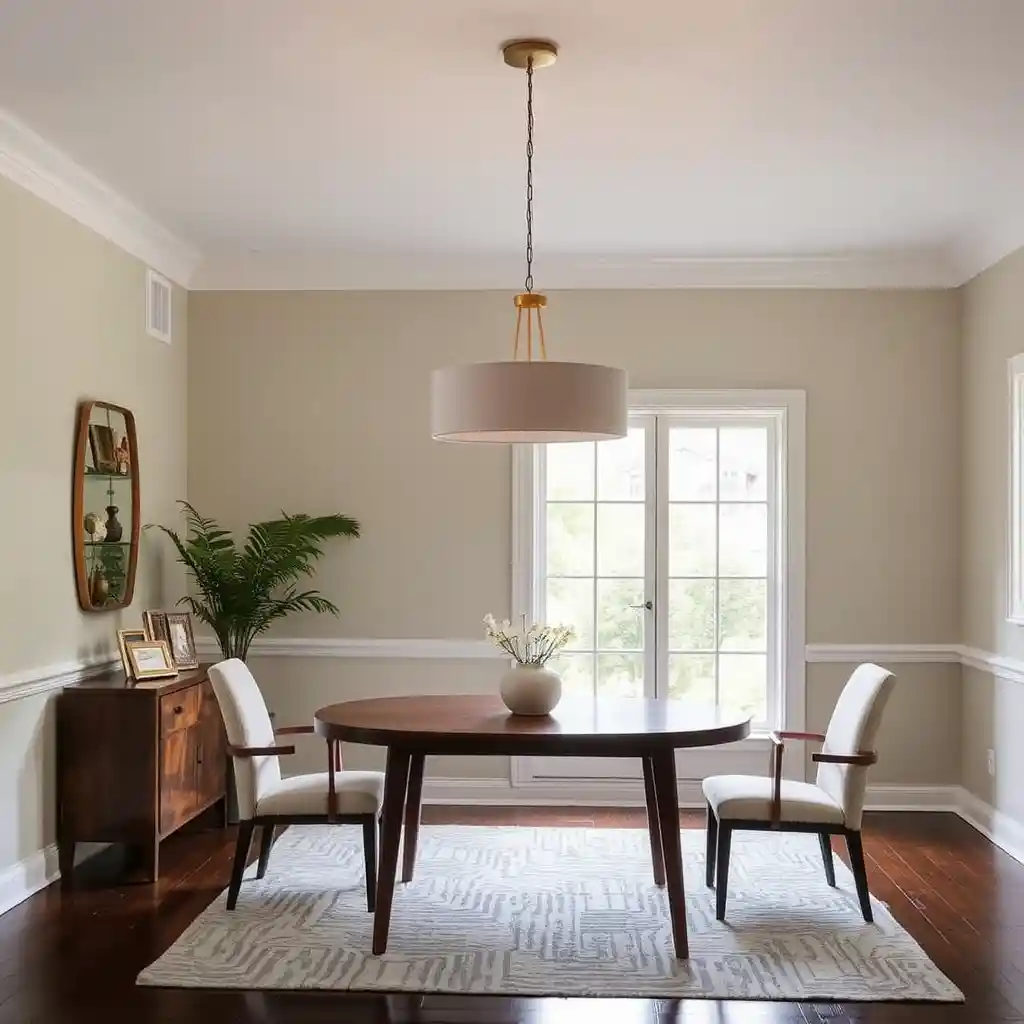
There is such a thing as a light that’s too big or too small for your space.
Here’s the lazy rule of thumb:
- Add your room’s width and length in feet. That total (in inches) is the ideal diameter for your light fixture.
- Example: 12’ x 14’ dining room = 26” wide light.
Too big = overpowering. Too small = underwhelming. It’s all about balance, like your last relationship wasn’t.
3. Center It Over the Table, Not the Room
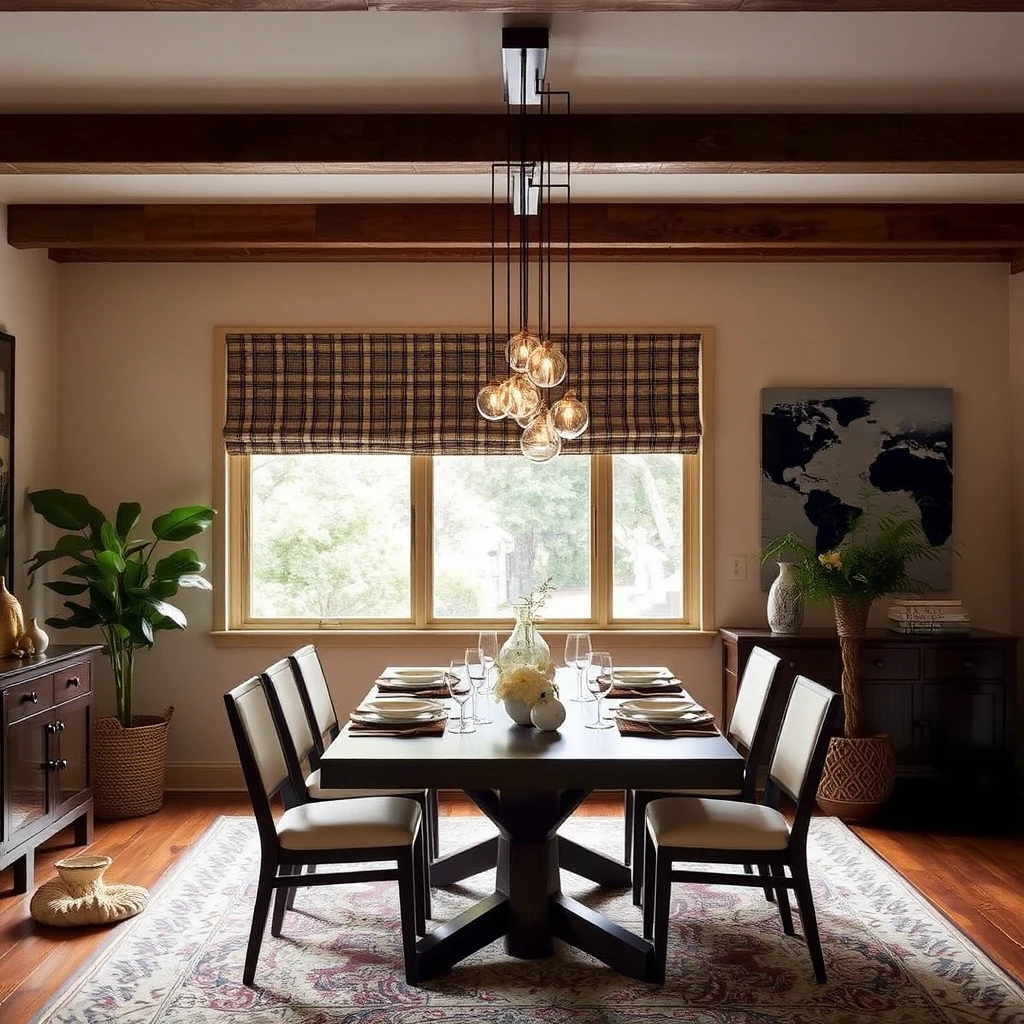
This one trips people up all the time. Lighting goes over the table, not smack-dab in the middle of the room (unless, by some miracle, those are the same place).
Why this matters:
- You’ll avoid weird shadows.
- Your guests won’t feel like they’re eating in a spotlight… or a cave.
Pro tip: If your table moves, get a fixture that works with that flexibility, like a track or multiple pendants.
4. Consider the Shape of Your Table
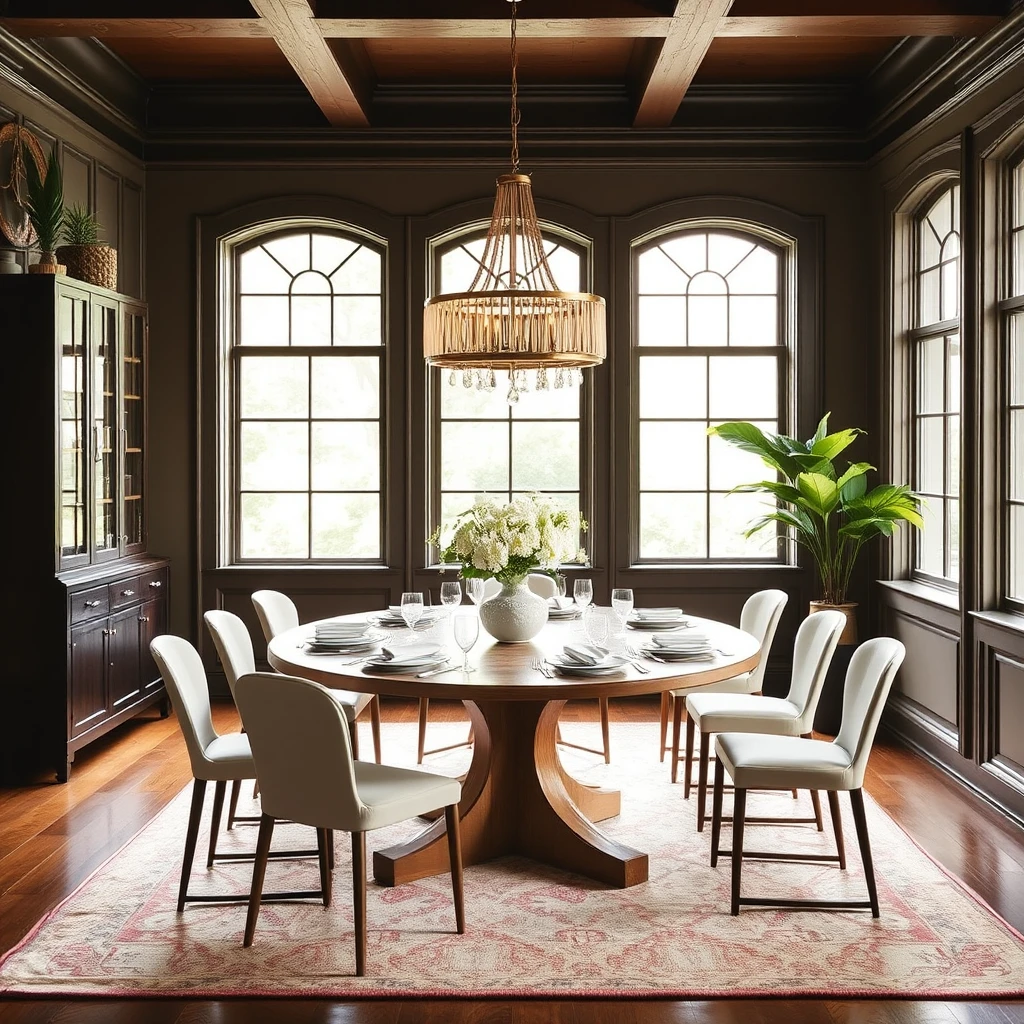
This isn’t just décor fluff—it makes a big difference.
- Round or square tables? Go with a chandelier or single pendant.
- Long rectangular tables? Think linear chandeliers or multiple pendants in a row.
The shape of your lighting should echo the shape of your table. Otherwise, things look mismatched and kind of off. Like pineapple on pizza… IMO
5. Height Rules Matter (Sorry, You Can’t Wing It)
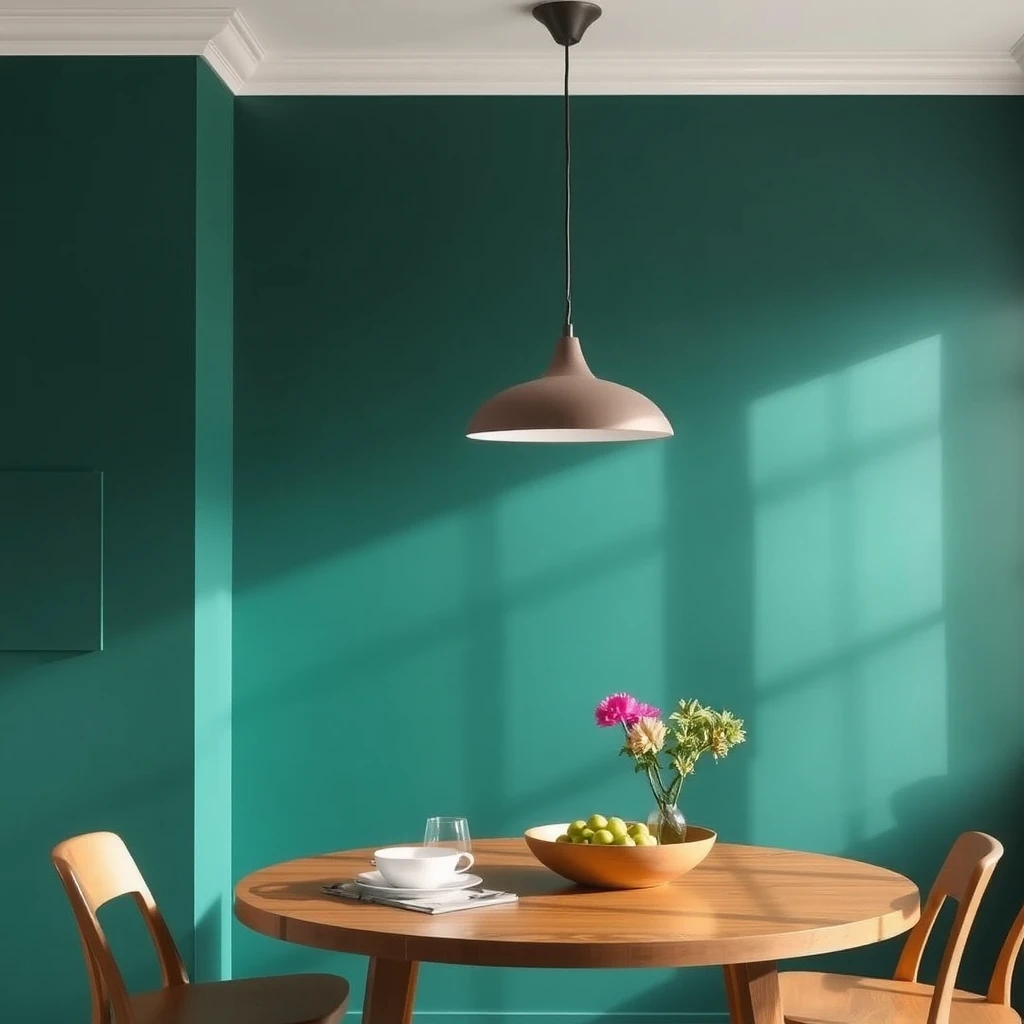
You don’t want your light fixture bumping into your forehead every time you stand up. Also, you shouldn’t need binoculars to admire it.
Standard hanging height = 30–36 inches above the tabletop. That’s the sweet spot. If your ceiling is super high (lucky you), go a little higher.
Get this wrong and you’ll either be blinded or in the dark. Neither’s a vibe.
6. Choose a Fixture That Matches Your Style (But Not Too Much)

Don’t overthink this, but do take a second to look around. If you’ve got a minimalist, modern space, a medieval candelabra probably isn’t the move.
On the flip side, don’t get too matchy-matchy. That screams “I bought the showroom set.”
Look for lighting that complements your vibe without copying it. Think of it like your outfit’s accessories—meant to enhance, not blend in.
7. Layer That Lighting Like You Layer Skincare
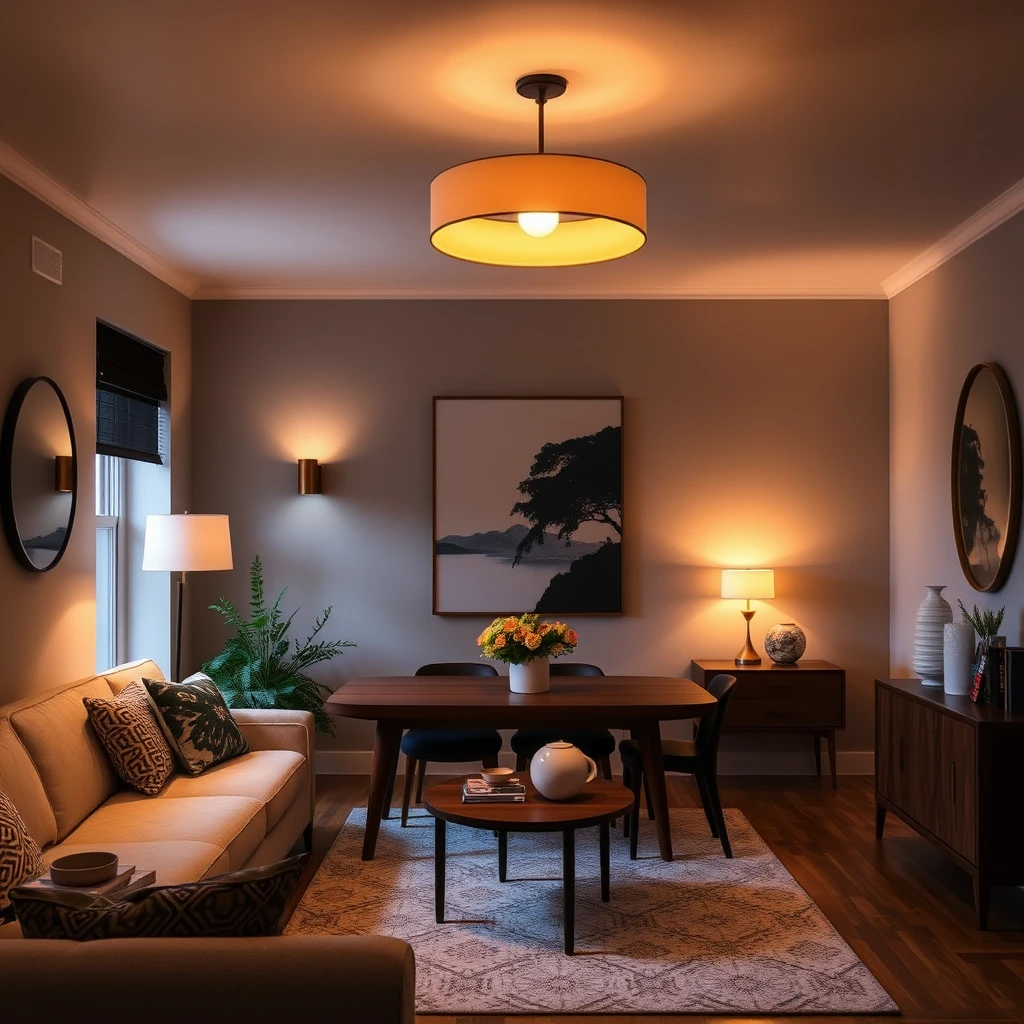
One light doesn’t rule them all. You need layers, my friend.
Here’s a breakdown:
- Ambient lighting: Your main overhead light.
- Accent lighting: Wall sconces or art lights for atmosphere.
- Task lighting: Dimmer-controlled lights for homework, dinner prep, etc.
Layered lighting = mood magic. Your future self (and your guests) will thank you.
8. Dimmer Switches Are Non-Negotiable

I’ll die on this hill: every dining room light should be on a dimmer. No exceptions.
Why?
- Bright light for board games or work.
- Soft glow for dinner parties or date nights.
- Midnight snack runs without feeling like you’re in an interrogation room.
It’s cheap, easy to install, and life-changing. Yes, I said life-changing.
9. Don’t Forget About Bulbs (Seriously)
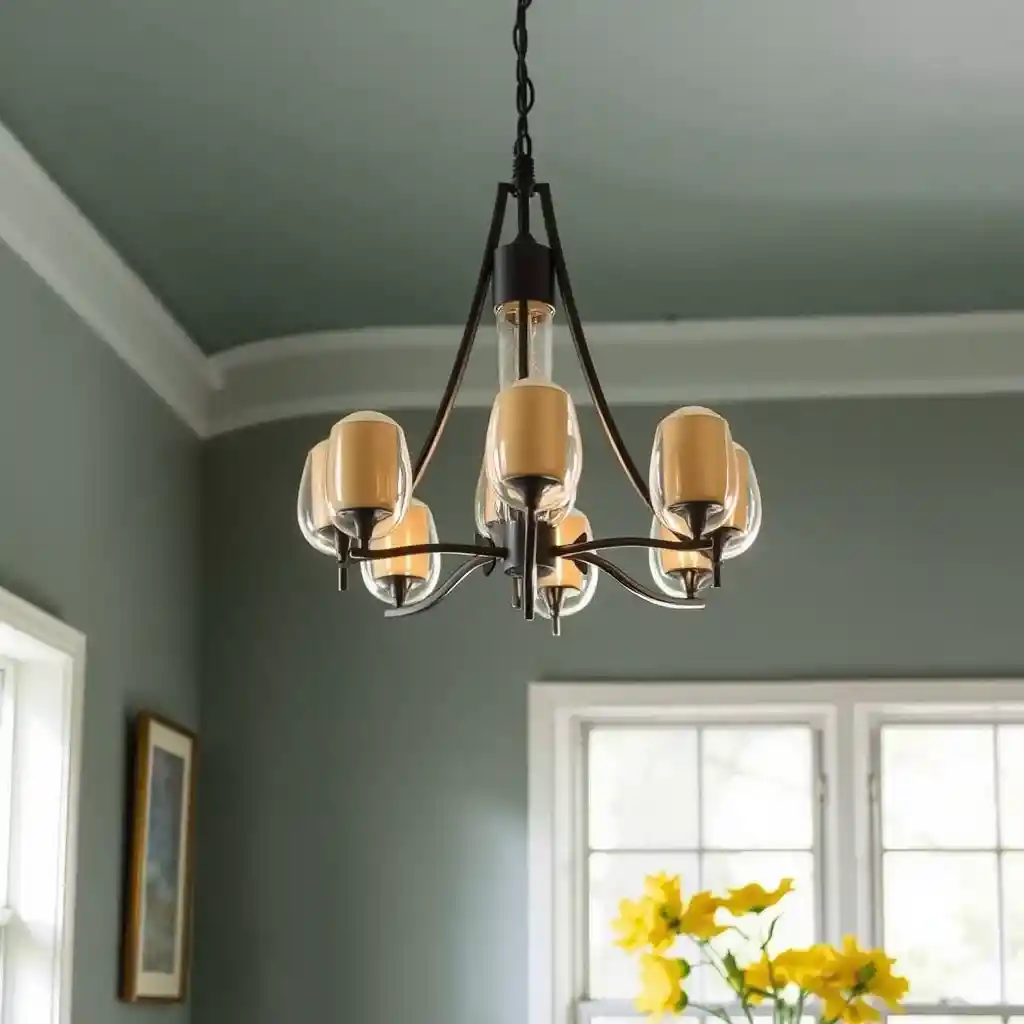
We all get excited about the fixture and then slap in the wrong bulb like it doesn’t matter. It matters.
Here’s the cheat sheet:
- 2700K–3000K = Warm and cozy. Great for dining rooms.
- Higher than 4000K = Feels like a hospital waiting room. Please no.
Also—go LED. They last forever, save energy, and you won’t have to replace them every 5 minutes.
10. Statement Piece or Supporting Role? Pick One
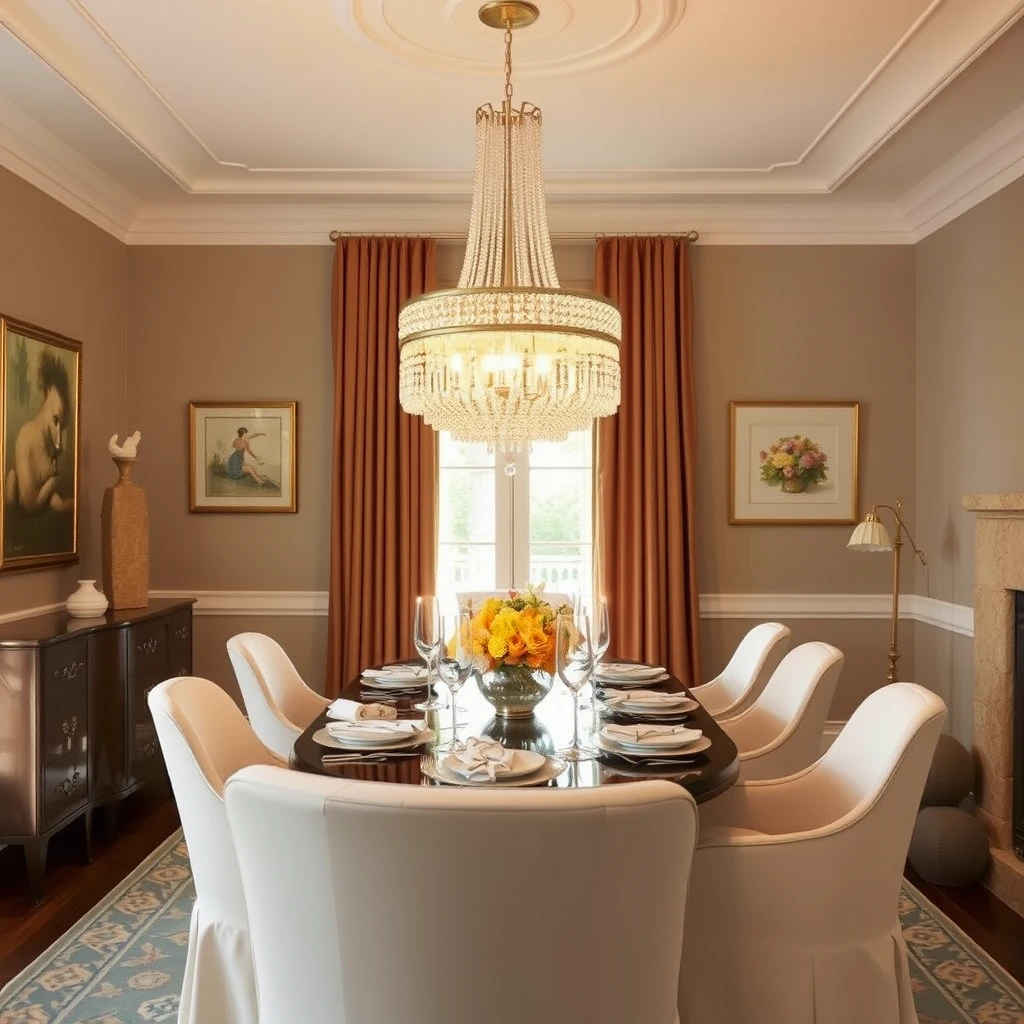
Every dining room has a main character. Your light fixture either is the statement piece or it supports one (like artwork, a bold rug, or dramatic curtains).
Don’t let your room feel like it’s fighting with itself. That oversized crystal chandelier might be stunning, but not if it’s trying to upstage everything else.
If you’ve already got a bold table or centerpiece? Go for a simpler light to balance it out.
11. Think Long-Term—Not Just “What’s Cute Right Now”
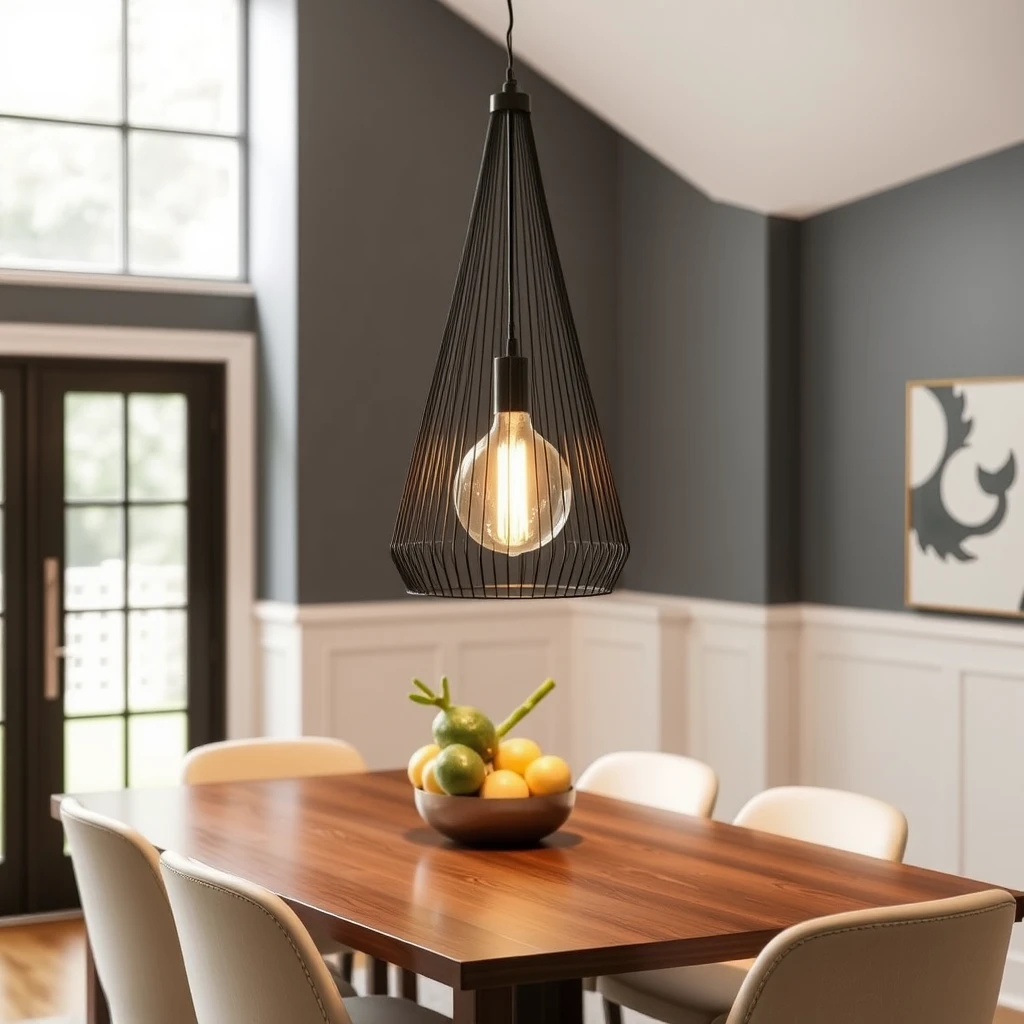
Trends are fun, but some are about as long-lasting as a TikTok dance challenge. FYI: you’ll live with your dining room lighting for years, so make sure you still love it once the hype dies down.
Ask yourself:
- “Will I still like this in 2 years?”
- “Does this work with more than one style?”
- “Can I make this look fresh with a bulb or shade swap?”
If the answer is “uhh, maybe?”—keep looking.
Final Thoughts: Let There Be (Good) Light
Choosing dining room lighting isn’t rocket science—but it’s definitely not something you want to half-ass. The right fixture will change the way your room feels, functions, and flows, not to mention how it photographs for Instagram (just saying).
So whether you’re into glam chandeliers, cozy farmhouse vibes, or sleek modern fixtures, remember this: your lighting should work for your life, not just your Pinterest board.
Take these tips, skip the flickering bulbs, and create a dining room that finally feels right.
And hey—don’t forget the dimmer.
